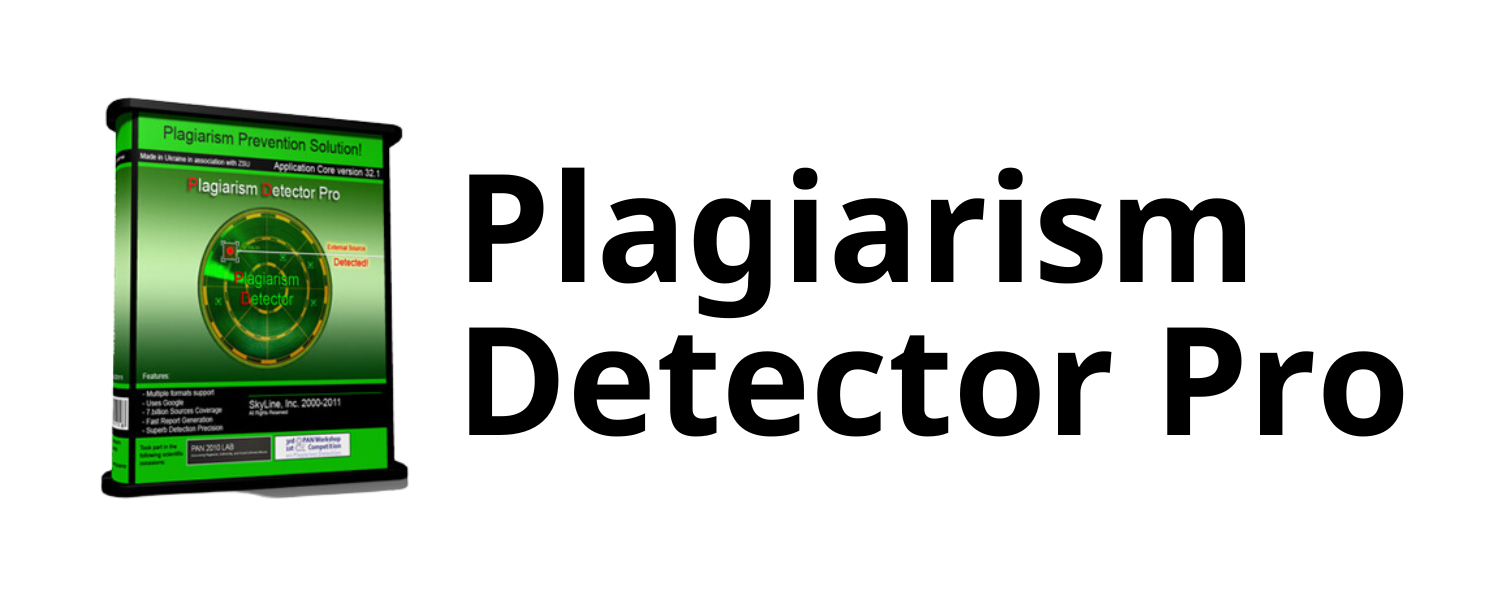Effect of Liquid Fertilizer Based on Local Microorganisms on Soil Fertility and Maize Production
DOI:
https://doi.org/10.58812/wsnt.v2i04.1540Keywords:
Local microorganisms, Liquid fertilizers, Soil fertility, Maize productionAbstract
The use of liquid fertilizers based on local microorganisms offers a sustainable solution for enhancing soil fertility and maize production. This study provides a comprehensive literature review of 11 Scopus-indexed articles to examine the effects of these fertilizers on soil health and crop yield. The findings reveal significant improvements in soil organic matter, microbial diversity, and nutrient availability, alongside enhanced maize growth parameters such as germination, biomass accumulation, and grain yield. Despite the variability in results due to environmental factors and application methods, these fertilizers demonstrate the potential to reduce dependency on synthetic inputs and align with sustainable agricultural practices. Challenges related to scalability, economic feasibility, and long-term impacts necessitate further research to optimize their implementation in diverse agricultural settings.
References
M. W. Priyanto, A. P. Pratama, and I. Y. Prasada, “THE EFFECT OF FERTILIZER AND AGRICULTURAL MACHINERY SUBSIDIES ON PADDY PRODUCTIVITY: A FEASIBLE GENERALIZED LEAST SQUARES APPROACH,” SEPA J. Sos. Ekon. Pertan. dan Agribisnis, vol. 20, no. 1, pp. 56–68.
E. Priya, S. Sarkar, and P. K. Maji, “A Review on Slow-Release Fertilizer: Nutrient Release Mechanism and Agricultural Sustainability,” J. Environ. Chem. Eng., p. 113211, 2024.
F. A. O. (Food and A. O. of the U. Nations), “The state of food security and nutrition in the world.” FAO. Rome, 2019.
D. K. Maurya et al., “A Review on Precision Agriculture: An Evolution and Prospect for the Future,” Int. J. Plant Soil Sci., vol. 36, no. 5, pp. 363–374, 2024.
P. Mäder, A. Fliessbach, D. Dubois, L. Gunst, P. Fried, and U. Niggli, “Soil fertility and biodiversity in organic farming,” Science (80-. )., vol. 296, no. 5573, pp. 1694–1697, 2002.
A. Kononiuk and A. Magruk, “BUILDING RESILIENCE IN EUROPEAN FOOD SUPPLY CHAINS: RESULTS OF A DELPHI STUDY,” Econ. Environ., vol. 87, no. 4, 2023, doi: 10.34659/eis.2023.87.4.758.
J. Raj, S. Jat, M. Kumar, and A. Yadav, “The Role of Organic Farming in Sustainable Agriculture,” Adv. Res., vol. 25, no. 3, pp. 128–136, 2024.
D. J. Connor, “Analysis of farming systems establishes the low productivity of organic agriculture and inadequacy as a global option for food supply,” npj Sustain. Agric., vol. 2, no. 1, p. 2, 2024.
J. Penuelas, F. Coello, and J. Sardans, “A better use of fertilizers is needed for global food security and environmental sustainability,” Agric. Food Secur., vol. 12, no. 1, pp. 1–9, 2023.
M. Ilman et al., “Impact of soil and water quality on the sustainable management of mangrove-compatible brackishwater aquaculture practices in Indonesia,” Environ. Res. Commun., vol. 6, no. 8, p. 85013, 2024.
A. Kumar, N. Chandel, and B. Barkha, “Organic Farming vs. Integrated Nutrient Management: A Comparative Review of Agricultural Productivity and Sustainability,” Int. J. Plant Soil Sci., vol. 36, no. 6, pp. 460–473, 2024.
V. I. Adamchuk, J. W. Hummel, M. T. Morgan, and S. K. Upadhyaya, “On-the-go soil sensors for precision agriculture,” Comput. Electron. Agric., vol. 44, no. 1, pp. 71–91, 2004.
I. G. N. P. DHARMAYASA, I. P. SUGIANA, P. Y. A. PUTRI, and K. BOONYASANA, “Assessment of soil fraction, carbon storage capacity, and rate of carbon uptake from three coastal ecosystems: Mangroves, seagrass, and mudflats in Benoa Bay, Indonesia,” Biodiversitas J. Biol. Divers., vol. 25, no. 6, 2024.
N. Chandel, A. Kumar, and R. Kumar, “Towards Sustainable Agriculture: Integrating Agronomic Practices, Environmental Physiology and Plant Nutrition,” Int. J. Plant Soil Sci., vol. 36, no. 6, pp. 492–503, 2024.
A. Young, “Agroforestry for soil conservation,” 1989.
C. Fragoso et al., “Agricultural intensification, soil biodiversity and agroecosystem function in the tropics: the role of earthworms,” Appl. soil Ecol., vol. 6, no. 1, pp. 17–35, 1997.
A. Young, Agroforestry for soil management., no. Ed. 2. 1997.
I. R. Mukhlis, “System Dynamics Implementation To Increase The Number Of Organics Maize Level On-Farm Production In Supporting Smart Agriculture (Case Study: East Java, Indonesia),” 2022.
R. Mihelič, S. Pintarič, K. Eler, and M. Suhadolc, “Effects of transitioning from conventional to organic farming on soil organic carbon and microbial community: a comparison of long-term non-inversion minimum tillage and conventional tillage,” Biol. Fertil. Soils, vol. 60, no. 3, pp. 341–355, 2024.
P. K. Ramachandran Nair, B. Mohan Kumar, and V. D. Nair, “Agroforestry as a strategy for carbon sequestration,” J. plant Nutr. soil Sci., vol. 172, no. 1, pp. 10–23, 2009.
V. Lavagi et al., “Recycling Agricultural Waste to Enhance Sustainable Greenhouse Agriculture: Analyzing the Cost-Effectiveness and Agronomic Benefits of Bokashi and Biochar Byproducts as Soil Amendments in Citrus Nursery Production,” Sustainability, vol. 16, no. 14, p. 6070, 2024.
S. M. Ludwig, H. D. Alexander, K. Kielland, P. J. Mann, S. M. Natali, and R. W. Ruess, “Fire severity effects on soil carbon and nutrients and microbial processes in a Siberian larch forest,” Glob. Chang. Biol., vol. 24, no. 12, pp. 5841–5852, 2018.
Downloads
Published
How to Cite
Issue
Section
License
Copyright (c) 2024 Magdalena Sunarty Pareira, Venti Jatsiyah

This work is licensed under a Creative Commons Attribution-ShareAlike 4.0 International License.



















 Instagram
Instagram 